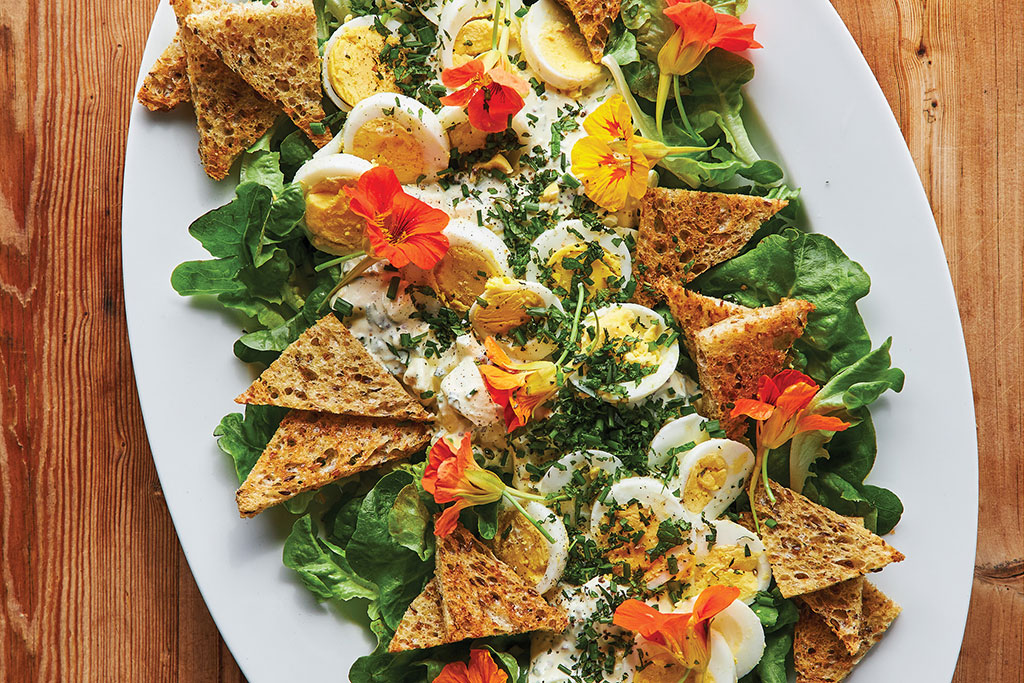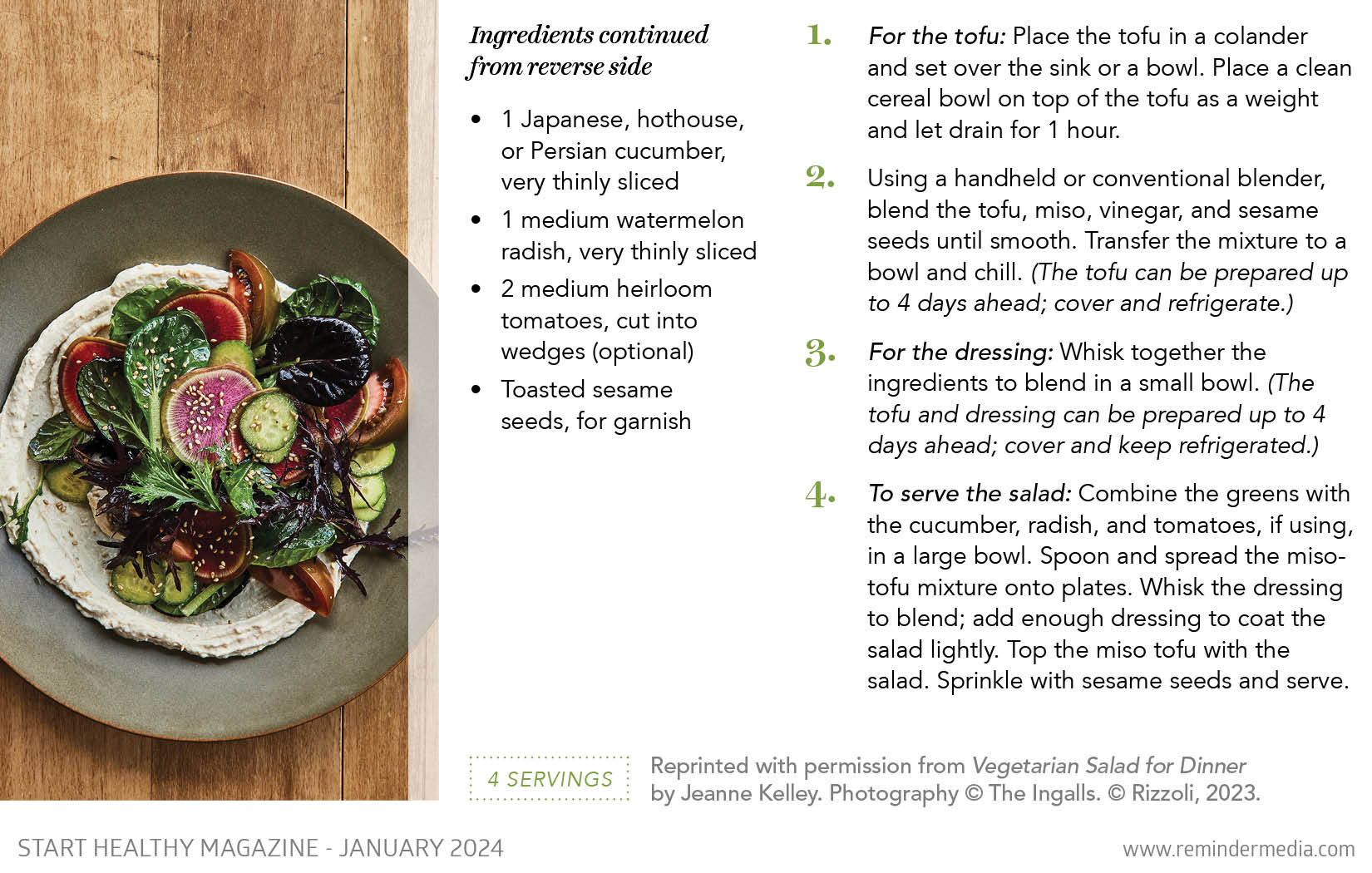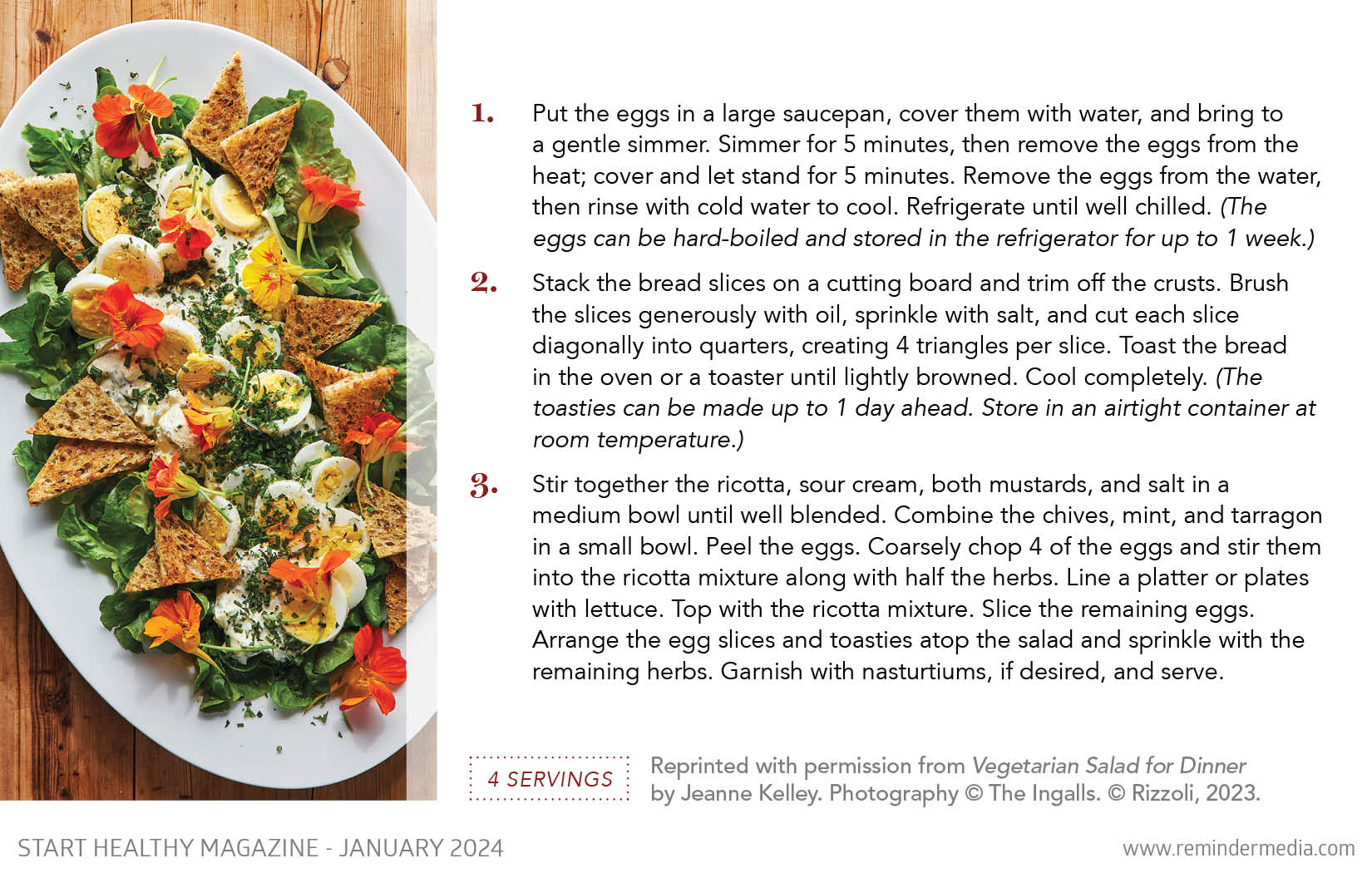Array
(
[0] => Array
(
[item_type] => phone
[content] => Array
(
[label] =>
[number] => 3026284690
[extension] =>
)
)
[1] => Array
(
[item_type] => email
[content] => Array
(
[label] =>
[email_address] => Jwescott@delmarvaccs.com
)
)
[2] => Array
(
[item_type] => address
[content] => Array
(
[label] => Office
[addressee] => Delmarva Community Consultant Services LLC
[address1] => 10930 Concord Rd
[address2] =>
[city] => Seaford
[state] => DE
[zip] => 19973
)
)
[3] => Array
(
[item_type] => website
[content] => Array
(
[label] =>
[value] => delmarvaccs.com
)
)
[4] => Array
(
[item_type] => social_media
[content] => Array
(
[label] =>
[value] => Instagram : joanne.wescott
)
)
[5] => Array
(
[item_type] => social_media
[content] => Array
(
[label] =>
[value] => FB: Delmarva Community Consultant Services LLC
)
)
[6] => Array
(
[item_type] => social_media
[content] => Array
(
[label] =>
[value] => Linkedin: Dr. Joanne Wescott
)
)
[7] => Array
(
[item_type] => social_media
[content] => Array
(
[label] =>
[value] => https://www.youtube.com/@joannewescott1956
)
)
)
?>
Starting therapy can be a pivotal step toward improving your mental and emotional well-being. With a plethora of approaches available, though, finding the right one can be overwhelming. To help you navigate this often complex landscape, here’s a closer look at ten types of therapies that are catered to various needs, goals, and preferences.
Art therapy

Art therapy employs creative processes, such as drawing, sculpting, or painting, to enhance emotional expression and self-discovery. Through these mediums, individuals suffering from stress, depression, trauma, grief, or anxiety can learn how to express themselves and communicate feelings that might otherwise be challenging to verbalize. Analyzing the results can lead to deeper insights into what they’re experiencing, enabling them to better work through it and learn more about who they are.
Cognitive-behavioral therapy (CBT)
A widely practiced form of therapy, CBT focuses on identifying and altering unhealthy thought patterns and emotions. It can help people better understand how negative thoughts and feelings may impact their behavior in certain situations and allow them to develop healthier, more constructive ways of managing those challenges. CBT can be an effective treatment for a variety of mental health conditions, including anxiety, depression, and anger issues.
Dialectical behavior therapy (DBT)

DBT, which combines cognitive-behavioral techniques with mindfulness strategies, is a present-oriented and skills-based form of therapy that often requires homework and practice within a group setting. It’s particularly useful for individuals dealing with intense emotions, such as those resulting from PTSD and mood disorders, helping to center them in the present as they learn to confront and accept uncomfortable thoughts and feelings. Through DBT, patients may improve their interpersonal skills and develop coping mechanisms to assist them through distressing situations.
Family therapy
Focusing on the dynamics within familial relationships, this type of therapy aims to improve communication and resolve conflicts between family members. There are many reasons a family may be facing tension, whether because of a stressful situation, shared grief or trauma, or a mood disorder, anxiety, or substance abuse experienced by one or more individuals. Family therapy, typically done as a group, can help identify these underlying issues and allow everyone to work through the different patterns of negative behavior to find better solutions.
Group therapy

Group therapy involves a therapist leading a community of individuals who are facing similar concerns, such as depression, anxiety, or trauma. For some people, focusing solely on themselves can be a barrier, so the group setting provides a safe environment where they can choose when to share and get more comfortable opening up and practicing new skills. Even if they simply listen to the stories of others, they can still gain insights into their own thinking and emotions.
Humanistic therapy
A form of talk therapy, this approach focuses on the individual and emphasizes self-exploration and personal growth. The therapist provides a supportive and nonjudgmental space where the client can engage in a dialogue that helps them discover how their thoughts, feelings, and behaviors are interconnected. This, in turn, allows them to develop a deeper understanding and acceptance of themselves. Different forms of humanistic therapy, including gestalt and person-centered therapies, are often used to treat depression, anxiety, panic disorders, and addiction.
Mindfulness-based cognitive therapy (MBCT)

MBCT integrates meditation, mindfulness practices, and breathing exercises to help alleviate chronic anxiety, stress, and depression and encourage living in the present. These techniques teach individuals to pay close attention to their current emotions without judging them, enabling them to confront their feelings before they can fully take hold and break away from negative thought patterns.
Music therapy
Capitalizing on music’s healing properties, this approach utilizes musical activities to address an individual’s emotional, cognitive, and social issues. Each session may involve singing, writing music, or playing an instrument; it all depends on the person’s goals and needs. Ultimately, music therapy can help both children and adults improve their communication skills, reduce stress, and enhance their emotional regulation.
Narrative therapy

With this strategy, an individual can reframe and reconstruct their life story by separating their identity from their problems and unhealthy behaviors, empowering them to see themselves as an agent of change. This can be a particularly beneficial treatment for those who feel overwhelmed by negative emotions and thoughts or deal with anxiety, depression, or grief. It may enable them to recognize that these feelings and conditions are something they simply have rather than defining characteristics of who they are.
Psychodynamic therapy
Derived from psychoanalytic therapy, which focuses on bringing subconscious emotions, thoughts, and patterns into conscious awareness, psychodynamic therapy explores underlying processes, feelings, and behaviors that are shaped by past experiences, especially childhood ones. It’s primarily used to treat depression and other psychological disorders. Because it is an in-depth form of talk therapy, the therapist-client relationship is vital here, as discussions often revolve around dreams, memories, and other external aspects of life.
Each therapy type offers a unique lens through which individuals can address their mental and emotional challenges. The effectiveness of a particular one often depends on the individual’s preferences and goals and the nature of the issues at hand. If you’re considering therapy, take the time to research and consult with professionals to find the approach that resonates most with you.
*This article is for informational purposes only and is not intended to treat or diagnose. Consult a health professional for any medical advice.




































